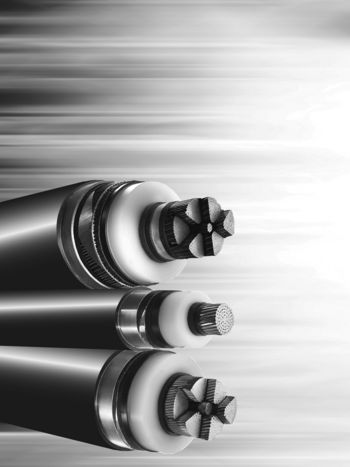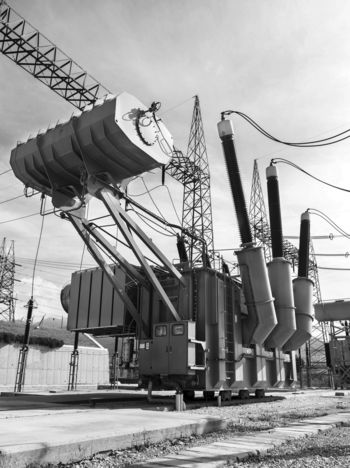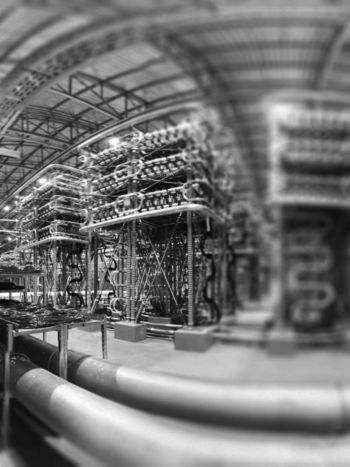Increasing the Strength Capacity of Existing Overhead Transmission Line Structures
In the context of the energy transition to integrate renewable energy and reduce carbon emissions, electricity networks need to significantly increase in capacity and flexibility. However, in many countries, electricity network operators face strong restrictions on enabling new corridors for the implementation of new overhead transmission and distribution line projects. The solution, in many cases, is to use existing rights of ways to increase power transmission capability through uprating overhead line projects. In most of these cases, reinforcements on the structures are required.
Members
Convenor (CA)
S. LANGLOIS
F. ALZAHRANI (SA), E. BARAN (TR), T. BÖRGER (NL), J. BROEKAERT (BE), D. BRUDNIAK (PL), C. GARCIA (ES), J. MAESSCHALCK (BE), R. MENEZES (BR), A. RUFFIER (BR), M. NASIRI (NL), M. SERT (TR), J. B. da SILVA (BR), M. SHIODE (JP), J. TOTH (CA), R. UPADHYAYA (AU)
Corresponding members
L. BINETTE (CA), F. FAIZ (AU), R. LAKE (NZ), K. KOPSIDAS (GB), F. LIRIOS (AU), B. LIN (AU), E. MORISSETTE (CA), X. POLETTE (FR), S. PRUD'HOMME (CA), N. SUDO (JP)
From another perspective, high winds and ice storms, that have triggered failures of structures over the last decades, have resulted in extensive operations to promote upgrading studies to strengthen line structures and/or their foundations. Furthermore, in many countries, the majority of the line infrastructures were built more than 50 years ago. This often sparks the need for refurbishment or life extension procedures to maintain the reliability of existing assets. Overall, line engineers face many challenges in the assessment, design and construction of reinforcement solutions for overhead line structures.
This paper presents a summary of the work of Working Group B2.81 on increasing the strength capacity of existing overhead transmission line structures. This CIGRE working group aimed to report on the main aspects to consider when designing and implementing reinforcements on line structures. The objective was also to collect and document practical methods and techniques used to increase the strength of existing overhead line structures. The brochure written by the working group covers all types of overhead transmission line structures, with a particular emphasis on steel lattice towers, which are the most common type of structures on existing transmission lines and the type of structures for which reinforcement is the most common.
All situations in which the present existing strength of a structure needs to be increased are covered in this document, including refurbishment (to restore initial design strength), life extension (to increase strength without necessarily restoring initial strength), upgrading (to increase strength over its original value), and uprating (increase of strength required after an increase of line transmission capacity). Reinforcement of foundation is sometimes mentioned in the document but is not specifically part of the scope of the brochure.
This paper shows some selected content of the brochure, starting with the survey results in section 2 and continuing with general considerations regarding the life cycle assessment of reinforcement projects in section 3. Section 4 presents a summary of the methods used to assess the strength of existing and reinforced structures. Section 5 presents solutions for structure reinforcement and an example of methodology to select appropriates measures in the context of steel lattice towers.
Survey conducted to identify common reinforcement practices
A survey was first distributed to transmission line engineers to gain a better understanding of current practices regarding the reinforcement of overhead line structures. The survey confirms that reinforcement works are very commonly implemented in different utilities, particularly for self-supporting lattice tower structures. Some common reasons stated for conducting reinforcement include: increasing conductor size, increasing clearances, installing optical or standard ground wires, changes in climatic loads and strength calculations methods, and damage due to corrosion.
To assess the existing and proposed reinforced strength of structures, standard truss models and design code equations are normally used, but in some cases, more advanced numerical or experimental analyses are considered. Overall, there does not seem to be a common agreement on the best practices to assess the strength of structures.



